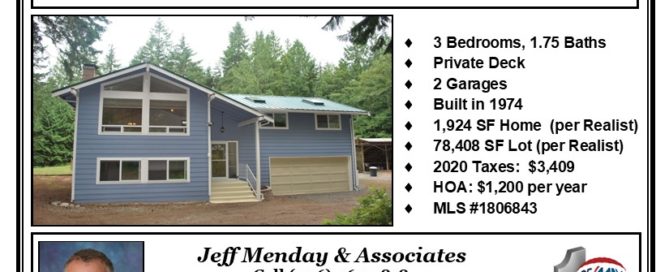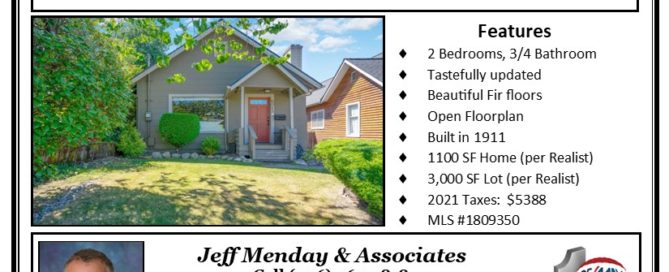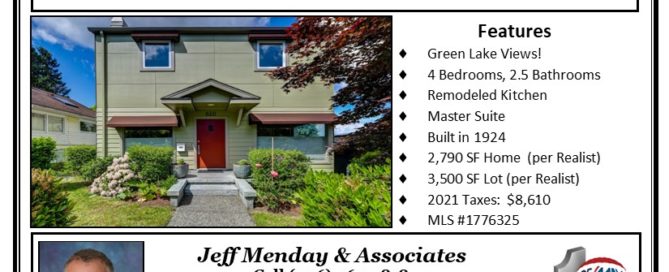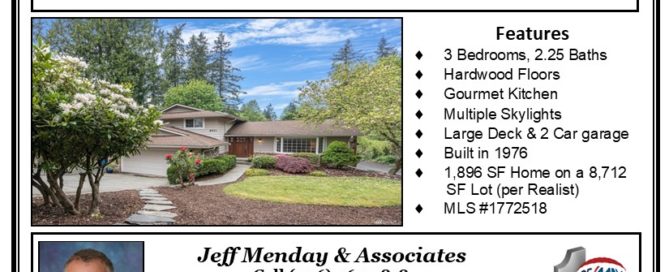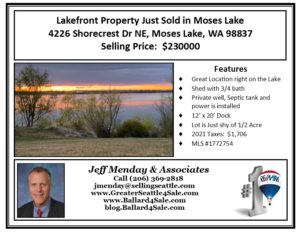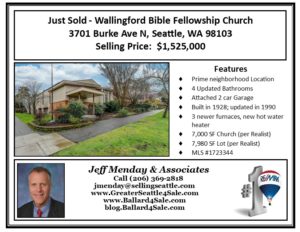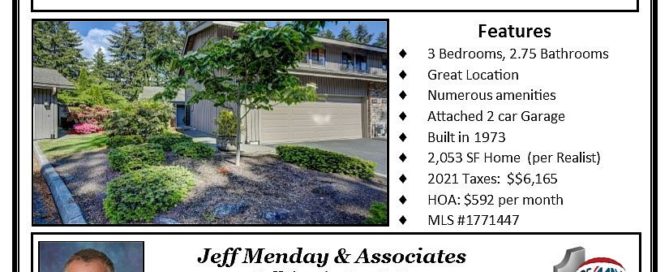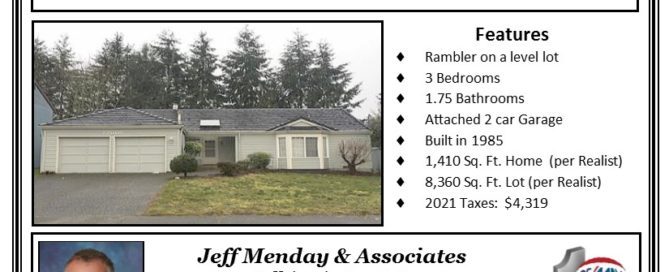Attention Homeowners with Oil Tanks – PLIA can help
What you need to know about PLIA
PLIA stands for the Pollution Liability Insurance Agency – It was developed in Washington State to insure tank owners with up to $60,000 of coverage to clean up contamination from a heating oil tank release. There was no cost to the tank owner to register.
However, the program no longer accepts new registrations as of July 2nd, 2020. You can still transfer an existing registration to a new owner, should you sell your home.
If you suspect a tank leak or just want to learn more, PLIA has a great 4 page heating oil FAQ sheet that can be found here: https://plia.wa.gov/wp-content/uploads/2018/10/HOFactSheet2020_Online.pdf
If your oil tank is registered with PLIA, and you need to make a claim, your first step is to call PLIA at 1-800-822-3905 and request a claim packet. If you are internet savvy, you can visit PLIA and file a claim online https://plia.wa.gov/
The next section regarding the timeline and tips for filing a claim was provided by Tanks By Dallas (206- 365-0291), our “go to” for Oil tank services
Claim Process
- Fill out and return the claim packet with sample results showing that there is confirmation of hydro-carbons (diesel) above the allowable per guidelines of 2,000 part per million. Please refer to WAC 173-340. Homeowner will also need to send a copy of the exclusions page of their homeowner’s policy or a denial letter. PLIA is considered secondary insurance and only goes into effect when the current homeowner’s policy does not cover the remediation. Most homeowner’s do not cover clean ups. Sometimes they do cover 3rd party release, meaning if the release travels onto a neighboring property, this is rare, but does happen.
- PLIA will review the claim and make sure they have all the information needed.
- Upon approval of claim, PLIA will forward a letter giving the OK to proceed with the site characterization. PLIA generally approves this within 5 days from the point all of the documents are provided to verify the claim.
Site Characterization: The approval will be sent to the service provider the homeowner selects/names on the claim paperwork.
Service provider will schedule a site visit that consists of our crew, with the assistance of our auger/sample machine, pulling several samples, taking pictures and measurements to determine the extent of the contamination. This appointment is scheduled within 7-10 days of receiving the approval.
Samples will be sent to the lab for analysis. This will take 2-3 days to get official results.
Sample results will be used to complete a Scope of Work as well as an Action Plan for the cleanup. This will define the horizontal and vertical extent as well as determine cost and timeframe as to how long the process will take.
PLIA wants a plan before they will give the OK to move forward with the remediation. We are required to determine, to the best of our ability, based on the information collected, how much soil will be removed and if all the threat can be removed through remediation. 3 areas are: Ground- Air – Water.
This report could take up to 3 weeks to complete once all the results are in. Most of the time it takes less time- but some complicated sites can take longer to assess.
Once the report is completed it will be sent to the homeowner for review and approval. Once the homeowner is comfortable with the plan and agrees with the report, homeowner will sign and return to the service provider.
Service provider will submit the report and all supporting documents to PLIA for review and approval. PLIA will then have 7-10days to approve. If at any time during the 7-10 days. If PLIA has questions about the site and/or report, this may delay the approval.
Once approval is given to proceed with the site remediation, the service provider will obtain any necessary permits and schedule the excavation/trucking team. Seattle SDOT permits can take 7-10 days to procure.
Job start is generally within 7-10 days of the approval from PLIA.
Timeline for work varies, mostly dependent on the tonnage and site access, all would be outlined in the scope. The majority of cleanups are completed within 5 days.
After cleanup is completed, all final sample results will be sent to confirm prior to backfilling the site. Once we confirm the site is free of hydrocarbons, backfill is completed and the site is compacted to grade and returned as close as possible to its original condition.
- PLIA will cover soil disposal, including excavation, backfill, samples, labor, necessary street permits.
- PLIA will NOT cover any restoration or landscaping.
- Homeowner is responsible for the tank removal costs and tank permits. Service provider to bill homeowner separately for the tank.
- Final report will be completed within 3-4 weeks of job completion. In order to submit the final report, we need to have all the sample results, invoices and final signed tickets. All of these take time to collect and time to compete the final report and map.
- Final report will be sent to the homeowner for review and signature. Once the homeowner signs off on the final report everything will be sent to PLIA for final close out; No further action letter.
- PLIA has 30 days to review, finalize and send final payment on the claim. Once the review is done a No Further Action letter will be sent to the homeowner. This will end the process and your site will be deemed remediated.
Most of the claims that we have been working on the last several months are taking 3-4 months to complete from the start of the claim to final report. The No Further Action Letter is not included in this timeline, that goes directly to the homeowner and we are told they have 30 days to complete.
If you’ve gotten to the end, thank you! This information could really help someday.

